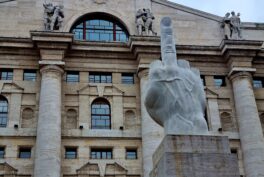So here he is. A mysterious guy in a suit, drinking at the hotel bar. Everything is dark around him, he himself seems to be blurry and undefined – a classic Everyman. Who is he? Is his identity important? Why we feel so anxious when we look at him and his surrounding?
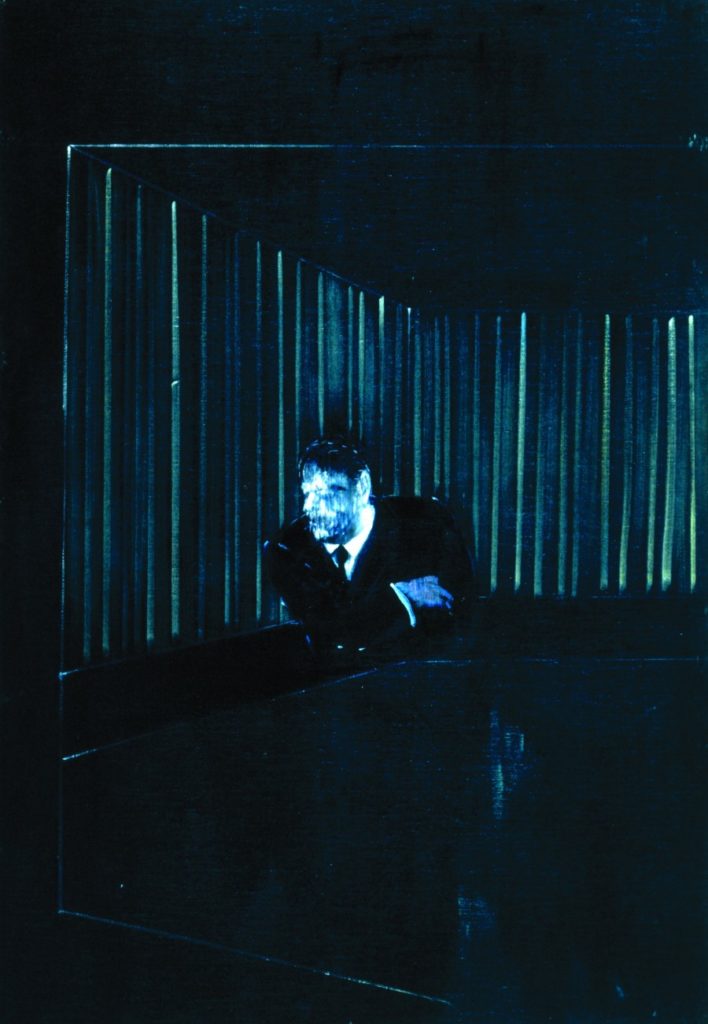
Today we are talking about Francis Bacon’s Man in Blue series which consist of seven canvases. In 1954, Francis Bacon spent quite a long time at the Imperial Hotel in Henley-on-Thames in Oxfordshire, England. While staying there the artist spotted a guy – an anonymous eccentric who for some unknown reason spent every evening drinking at the hotel bar.
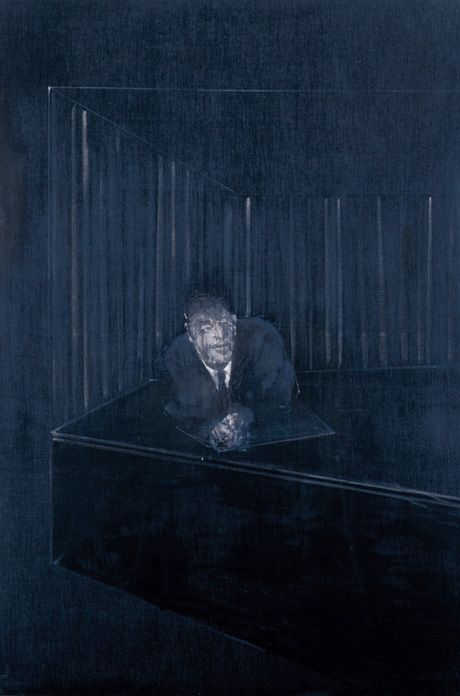
The surrounding of the Man in Blue looks like a cage and the man himself as a prisoner. The face of the man appears to be erased.
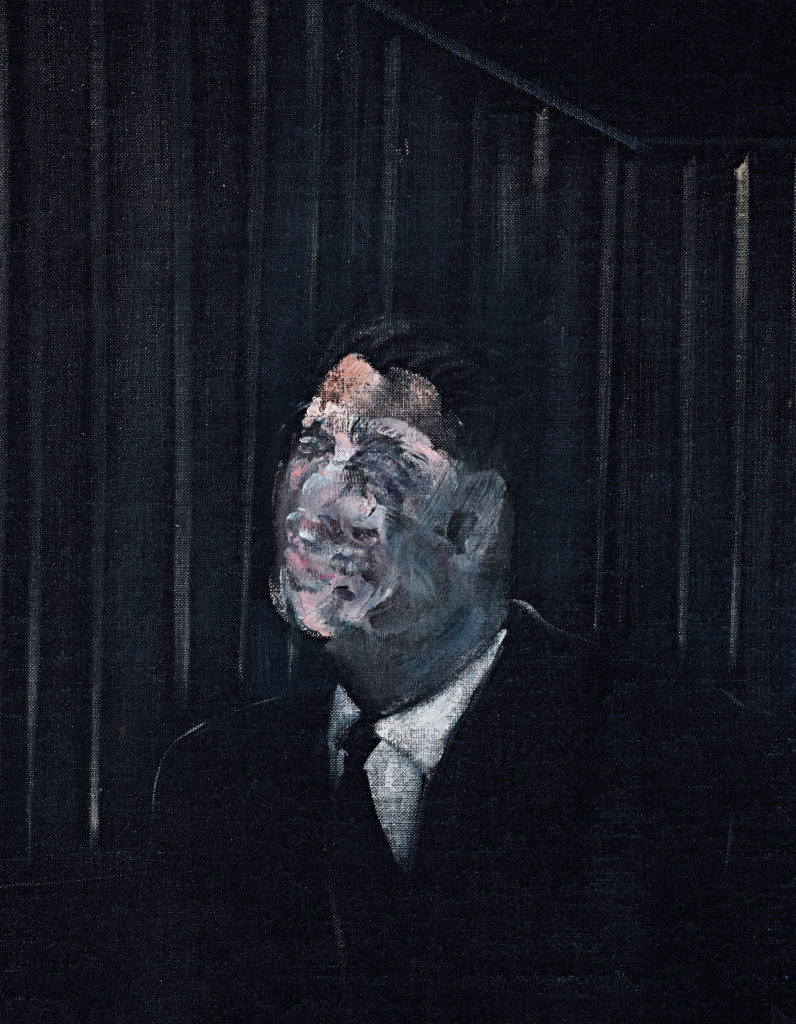
The mid-1950s were hard times for Bacon. The Cold War anxiety was in full swing. The artist was engaged in a chaotic affair with Peter Lacy a former fighter pilot. Maybe chaotic is not the best word here – I should say “violent”. Bacon was often forced to escape to hotels for days on end to escape his lover’s violent, drunken rages. Another thing tormenting Bacon was the wider pressures associated with the continuing illegality of homosexuality in the UK.
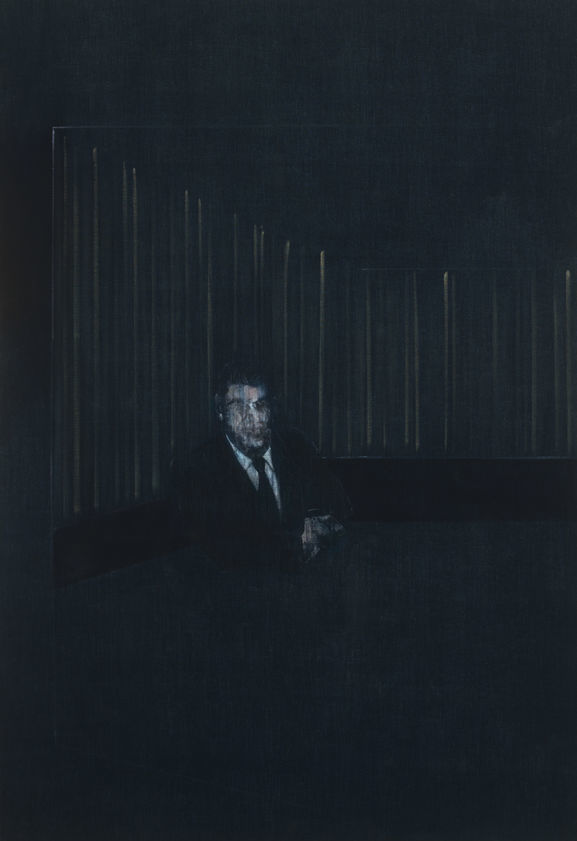
Most of the paintings from the series are now spread around the world in the private collections.
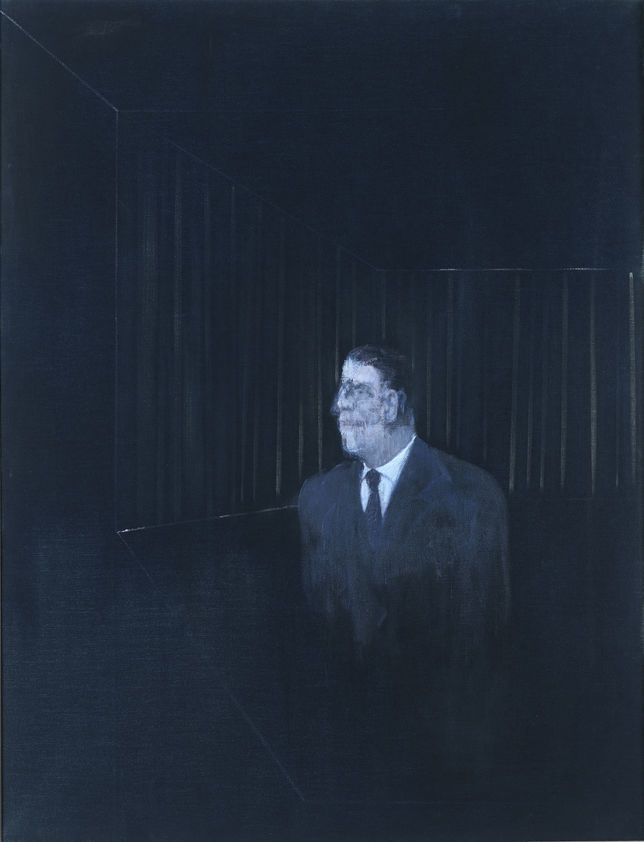
Francis Bacon began his career as a designer of furniture and carpets. In the 1930s, he started exhibiting his free work in various galleries in London, but later he destroyed much of this early work. It was only after the Second World War that Bacon started exhibiting again in galleries. Human beings are the subject of his paintings.
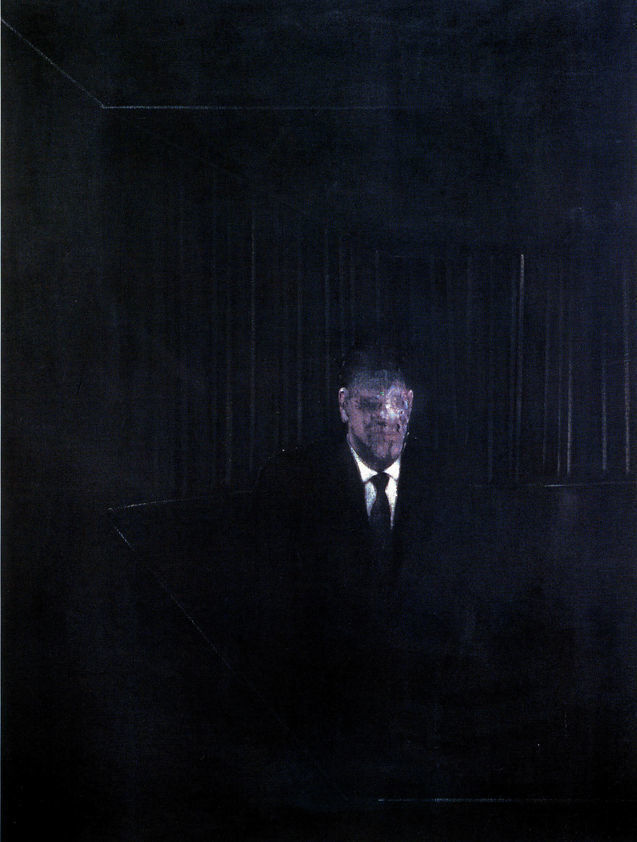
Often these people are anatomically misshapen and their shapes are vague, almost erased. Extremely lonely and tormented figures find themselves isolated and trapped within themselves in a well-defined space.
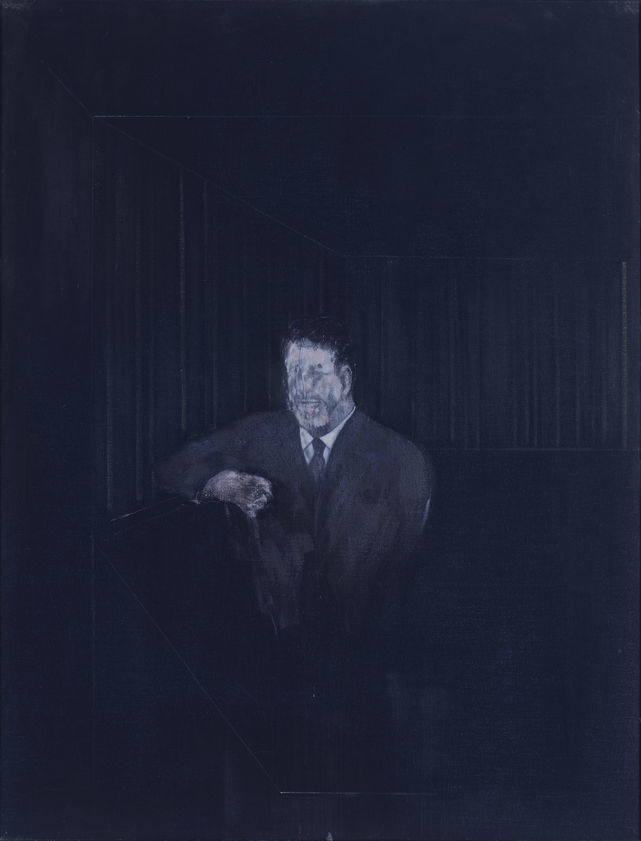
Bacon created these spaces by placing frames around the figures which at the same time act as a closed cage. From 1950, Bacon produced a number of series of paintings with the pope and the cardinal at his subject which are his most famous works now.
Find out more:
[easyazon_image align=”none” height=”110″ identifier=”0199540799″ locale=”US” src=”https://www.dailyartmagazine.com/wp-content/uploads/2018/05/51yj0637MYL.SL110.jpg” tag=”dailyartdaily-20″ width=”73″] [easyazon_image align=”none” height=”110″ identifier=”0500292531″ locale=”US” src=”https://www.dailyartmagazine.com/wp-content/uploads/2018/05/51ywOyJmO6L.SL110.jpg” tag=”dailyartdaily-20″ width=”73″] [easyazon_image align=”none” height=”110″ identifier=”B01MXLVGZN” locale=”US” src=”https://www.dailyartmagazine.com/wp-content/uploads/2018/05/41gtsr1D7wL.SL110.jpg” tag=”dailyartdaily-20″ width=”71″]



